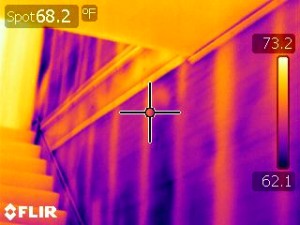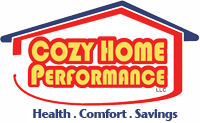CHP provides a full array of integrated building diagnostic, forensics and performance verification testing services. Our expertise will support your goals for a building that has maximum comfort, health, safety and energy efficiency. With more stringent energy efficiency codes building diagnostic and verification testing is an essential component in residential and commercial construction. One of the most valuable uses is for building forensics to determine exact locations and causes of building envelope failures: air leakage pathways, flawed insulation, and water damage.
Services:
- Infrared Thermography (IR Scanning): Used to verify performance of insulation and air barrier controls through out building envelope; determine thermal by-passes and trace water damage.
Diagnostic Equipment
Infrared Camera:
Used for inspection of building thermal envelope control layers. Primary control layers to inspect for operational integrity are:
- air barrier
- insulation barrier
- moisture/vapor barriers.

Lathe and plaster wall with no insulation.
Each control barrier must be continuous and contiguous to each other throughout the building envelope that separates conditioned indoor air from ambient outdoor conditions. Other critical applications are:
- targeted inspection of flat roof leakage pathways.
- targeted inspection of hydronic pipe leaks in radiant floors.
- Quality control and verification of effective installation of insulation throughout job sequencing: pre – intermittent – post completion.
- Stretch Code compliance and HERS rating verification and inspection of the thermal envelope air barrier by-passes.
We use Flir IR cameras


